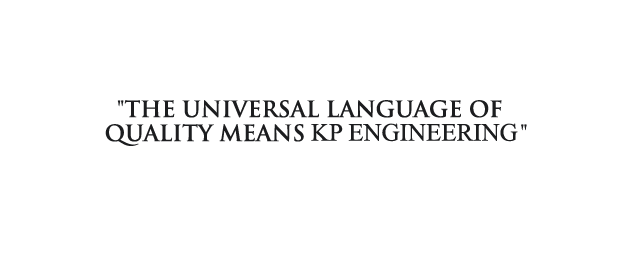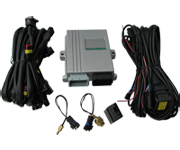Functions:
Fuel injection is a system for admitting fuel into an internal combustion engine. It has become the primary fuel delivery system used in automotive petrol engines, having almost completely replaced carburetors.
A fuel injection system is designed and calibrated specifically for the type(s) of fuel it will handle. Most fuel injection systems are for petrol applications. With the advent of electronic fuel injection (EFI), and petrol hardware has become similar.
Petrol engines are controlled by an electronic control unit (ECU) which is depending on a number of parameters such as the air and engine temperature, the quantity of air in the intake duct, engine speed and timing and then determines the fuel injection time instant by instant.
Conversion from petrol engine into LPG/Natural Gas it is necessary to use a second electronic control unit alongside the original ECU. The gas control unit manages the gas fuel supply, using parameter of varies sensor optimizing engine performance, subsequent emissions.
The adoption of sequential gas injection for petrol engines has various advantages like optimal fuel dosage achieving mixtures with the correct stoichiometric ratio, excellent fuel consumption, reduced pollutant emissions, improved performance.
We have two types of injection system indirect injection systems (Port Fuel Injection – PFI) featuring petrol injectors upstream of the intake valves and direct injection systems (Gasoline Direct Injection – GDI / Fuel Stratified Injection – FSI) which feature injectors located in the combustion chamber. This provides an increase in performance and a reduction in consumption and emissions.



